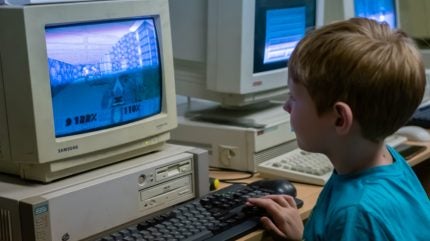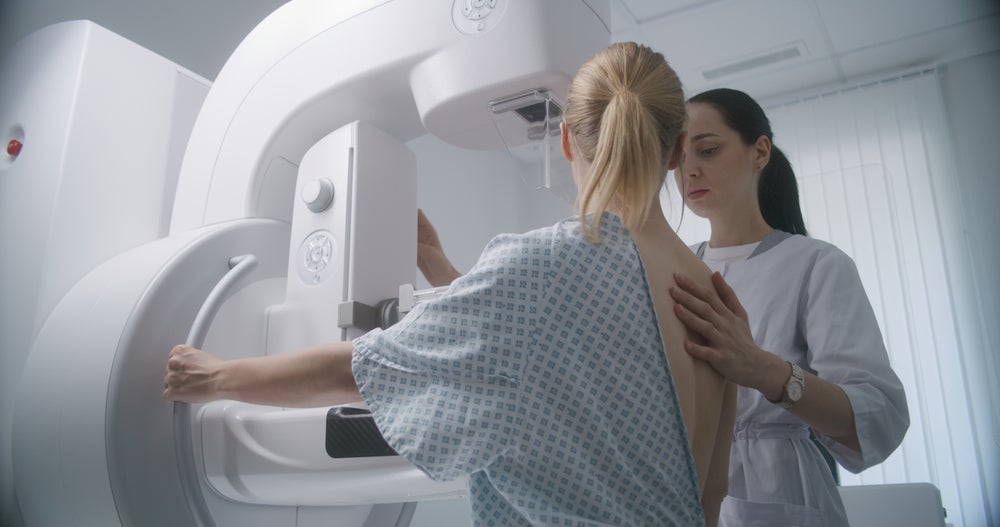
The global video game market has increasingly risen from strength to strength over the past 30 years. With the market quickly becoming the most profitable form of media and entertainment historically, it is only natural that the field of therapeutic medical devices would seek to harness the levels of engagement that video games can engender.
One thing video games are extremely good at is engaging their users, whether it’s through the simplicity or addictive nature of the mechanics of a game or an entertaining story, video games have a long history of teaching their users about the required mechanics of play to create what is known as a flow state.
A flow state, in terms of video game design, is the point at which the user’s brain ceases to be directly aware of the mechanics of a game. What the game is asking from them is no longer a conscious decision but inherently part of the play experience, this is achieved when everything that went into making the experience works harmoniously and is part of the reason why video games themselves have become one of the most successful forms of media.
It is no wonder then, that therapeutic software designed to engrain within its user a set of behaviours or actions aimed at remedying a certain condition is driven to copy some of the success of video games to utilise that potential flow state to teach real-world behaviours, actions or actions required as part of therapeutic practice.
In 2024, the video game market is projected to reach a revenue of $282.30bn. With this level of investment, engagement and appeal the software as a medical device (SAMD) industry has been keen to attach itself to an industry that has already perfected teaching its users habits recreationally to teach habits as part of therapy.
Previously, US-based company Akili was able to get its first-ever therapeutic video game cleared by the US Food and Drug Administration (FDA) to use it as a treatment for attention-deficit hyperactivity disorder (ADHD), via an infinite runner game dubbed EndeavorOTC.
How well do you really know your competitors?
Access the most comprehensive Company Profiles on the market, powered by GlobalData. Save hours of research. Gain competitive edge.

Thank you!
Your download email will arrive shortly
Not ready to buy yet? Download a free sample
We are confident about the unique quality of our Company Profiles. However, we want you to make the most beneficial decision for your business, so we offer a free sample that you can download by submitting the below form
By GlobalDataIn announcing the clearance of the game the company was quick to tout the results of its STARS-ADHD-Adult trial (NCT05183919) which detailed how the game had seen a clinical response from 83% of users.
It also found that nearly three-quarters (72.5%) of patients reported at least some improvement in their quality of life (QoL) by way of the Adult ADHD Quality of Life Scale. A further 45.8% of patients met a prespecified threshold for clinically meaningful improvement. Despite this success, it has not been enough to save jobs at the company, with Akili announcing in May plans to lay off staff and sell off assets.
However, this has not dampened the market. On 10 September of this year the Seattle-based company DeepWell received 510(k) clearance from the FDA on its biofeedback (ABS) software development kit (SDK) for use in over-the-counter treatments for the reduction of stress and as an adjunctive treatment for high blood pressure, together with other pharmacological and nonpharmacological interventions.
Whereas Akili’s EndevourOTC system sought to make its own game as a commercial product, DeepWell’s development kit instead seeks to be used by developers as a means of creating therapeutic elements on top of already existing games.
Typically creating engagement within a video game works through primary, secondary, and tertiary loops. These are different tiers of action or engagement the game wants the player to perform before they can progress. In the case of a simple game such as Tetris, the primary loop consists of moving the blocks, while the secondary loop involves stacking the blocks to form and clear rows, with the tertiary loop being gaining a high score. It is these gameplay loops that DeepWell’s SDK aims to capitalise on.
To find out more about how DeepWell’s system works, Medical Device Network sat down with founder Ryan Douglas to find out more.
Joshua Silverwood (JS): Tell me a bit about what DeepWell is doing in the games as a therapeutic device space.
Ryan Douglas (RD): What we really are figuring out and wielding media as medicine is that it is a very powerful form of medicine. It has the ability to have a very strong impact on the brain. You have to think about it as some form of extrinsic neurostimulator. What we ingest and the story that we take in and the way we process that physiologically changes our brains. So, we are pointing at the places we call the unsolvable problems of the moment. So, we have shone a light on what we feel we are living in at the moment and where we think we can help and that is with the general mental health emergency right now.
JS: Can you tell me about some of the indications you have had success in?
RD: So right now, we have just been cleared for stress and hypertension. We wanted that broad indication, and we got cleared as an over-the-counter product, which was a big ask. We got cleared to incorporate different forms of media which will allow the media to be dynamically shifted. The media puts you into a place where you are more bio-available for the digital therapeutic. It turns out that is an extremely an important part of this whole thing working out. I think digital therapeutics have fallen and haven’t really demonstrated their power for three big reasons.
One is that we in medicine, and the tech bros, just went reeling into this industry and forgot to bring with us the folk who really know how to wield media, which is the entertainment industry, and they weren’t really interested in coming with us at first. They also weren’t interested in the other reason, which is, if you look at a company such as Akili, they did this whole thing as a prescription device and in the end, there was no one to write that prescription and there was no one there to pay for it.
So, another big thing in the way was reimbursement, who even knew how to write a prescription for this? In this case, the Digital Therapeutic Alliance (DTA) has done amazing work and now we’re seeing new reimbursement plans for digital mental health therapeutics for 2025.
JS: How does the mechanism of action work? How does this software present to a patient?
RD: There are several different ways we can do it, but the clearance we have right now is for a biofeedback mechanism. So, we incorporate the mechanism that can give you some sort of feedback. For example, in one instance it can be through a breath mechanic. We can help you to do vagal nerve stimulation whilst the game and engagement help you get into a space where you are very available to adopt this as a new behaviour. To have it integrated into what games do so well. We are not binary as humans – we are story-based engines. If we want to change your mind, we need you to take part in this series of events to make you more available. Media is fantastic for this with what’s called the Tetris Effect, where your cognitive brain is busy enough to shut down rumination and bring you into a state of flow.
Once you are in a state of flow you become more bioavailable to learn at, what looks to us, like quite an accelerated rate. There are also these cool things we can do through simulation where you are in control, nothing does that like a game. You get to make choices and when you get to make choices and when you make choices that affects how your brain is engaging with that media. So that sets a trend where it becomes important to you and possible to complete.
JS: In making these experiences have you worked with outside game development companies? I am guessing it’s not just that you are using Doom, for example.
RD: It kind of is.
JS: Oh wait, you do use Doom?
RD: It can be Doom. If you look at some of the games, we have studied as part of this, first-person shooters are really good at this. First-person shooters do not turn you into a shooter, that has been debunked in its entirety. What’s bad for you though, in in some of these games is that while you’re playing this game and you’re highly dopaminergic, you become suggestible.
Take away the monetisation with games and you end up with the pure play mechanics which is what we are born to learn on. As a young kid when you are doing some of the hardest learning of your life, you don’t work at things – you play at them. You play to learn to walk, and you play to learn social constructs. It’s how we start to teach ourselves, so we have pulled things back to a state of play where people are the most likely to be engaged, and we are just neurologically wired to learn that way.
For the time being DeepWell’s SDK will be limited to PC games and and PC-based devices. Research by GlobalData found that PC users comprise approximately 20% of the entire gaming market. With the product coming in the form of a development kit it still remains to be seen what therapeutic experiences will be designed using the system. Regardless, both Akili’s missteps and DeepWell’s current success indicate increased interest in using the traditional video game experience as a vector for medical software.







